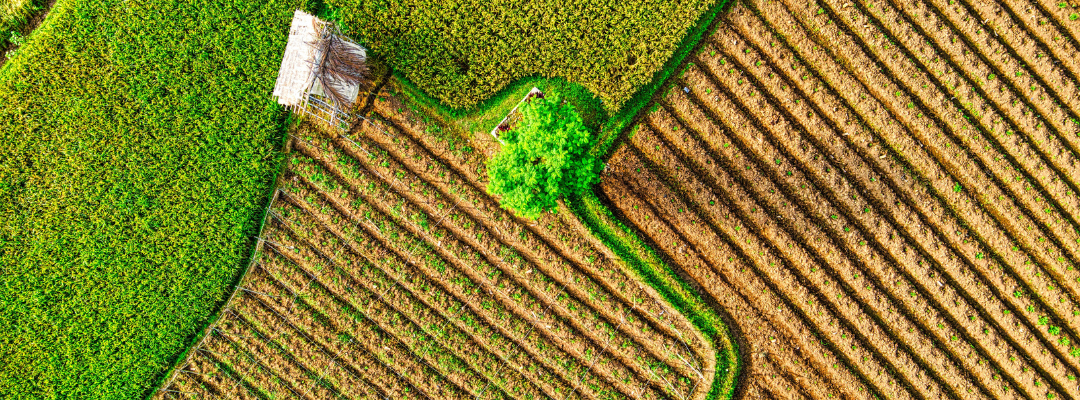One of the questions policy economists get the most from farmers is how likely is it that they will get to update their base acres in the hopes of finally converting their non-base acres into base. For example, there is a significant amount of cotton produced in the Texas Panhandle that does not have seed cotton base and therefore is not eligible for ARC or PLC protection. In previous base update opportunities provided in the 2002, 2014 and 2018 (for cotton only) Farm Bills, producers always had the choice to stay with the crop bases that were established in the 1985 Farm Bill or update to align their crop bases more closely to current plantings. Given the choice, producers rarely would choose to have less total base acres even if it meant more closely aligning their bases to current plantings. This type of update has generally been scored by the Congressional Budget Office (CBO) as having a positive cost so Congress has had to find the money to update crop bases.
One of the suggestions currently making the rounds in Washington D.C. is a forced base update where producers who were planting less than their farm’s base acres during some specified time period would lose base and similarly, those that were planting more than their current base acres would gain base. Proponents see this as costing less to implement, as some farmers will most certainly gain base acres while others would lose base. While the devil is very much in the implementation details that would be determined by USDA, a quick evaluation of USDA-NASS planted acre data relative to USDA-FSA base acre data for the 13 Southern States indicates the South would lose a considerable amount of base in a forced base update situation where keeping old crop bases would not be an option.
Table 1 compares the planted acres of nine primary covered commodities (corn, grain sorghum, soybeans, rice, wheat, cotton, peanuts, barley and oats) in the South and indicates that an average of 53.6 million acres were planted in 2021 and 2022. This compares to 2021 total base acres of 62.1 million acres. Producers planted roughly 8.5 million acres less than their crop bases during that time period. Of the 13 Southern States, only Kentucky, North Carolina, Tennessee, and Virginia planted more acres than they have crop base.
While this quick analysis only looked at planted acres over two years, it still provides a good indication of what the direction of the overall impact would be on the Southern States. A forced base update is still just one of many proposals that are floating around Washington as farm bill discussions are just getting started. Individual farmers may benefit drastically; however, it is important to understand that a forced base update will have significant negative repercussions on the South as a whole.
Table 1. Planted Acres of Nine Primary Covered Commodities for 2021 and 2022 and 2021 Base Acres.

Outlaw, Joe. “An Initial Look at Forced Base Update on the South“. Southern Ag Today 2(30.4). July 21, 2022. Permalink

